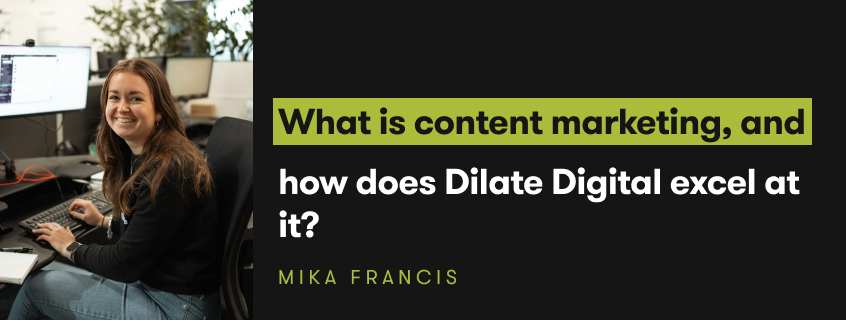


Content marketing is all about crafting and sharing great content. The goal? To pull in and keep a specific audience and naturally lead them to buy stuff without feeling pushed. It’s not just about making sales—it's about engaging people with content that's actually useful and fun. This way, you boost brand loyalty and grow your business.
Content marketing is really about telling stories that hit home with your audience. It's all about getting what your audience is into—their interests, worries, needs, and beliefs—and weaving these into your brand's story. You've got to really grasp what they need, tackle their big questions, and share info that makes their lives better. It's smart storytelling that helps shape your brand's personality and build a strong, trustworthy identity that people can relate to.

At Dilate Digital, we mix traditional and digital strategies to shake up content marketing in our own unique way. Here's what makes us different:
Content marketing is way more than just making and sharing stuff; it's about forging connections that really grab and engage people. At Dilate Digital, we nail this by getting a deep understanding of what our audience wants, mixing in some fresh strategies, and spreading our efforts across various channels. This boosts brands and drives serious business wins. By always delivering standout content, we do more than just hit the mark—we set new standards.
what our clients are saying
create business. better everyday.
Let's Talklearn from the best minds in the business
Bodie provides some insight into Dilate's internal operations. How we approach what we do, and how we strive to be Better Everyday.

"*" indicates required fields


